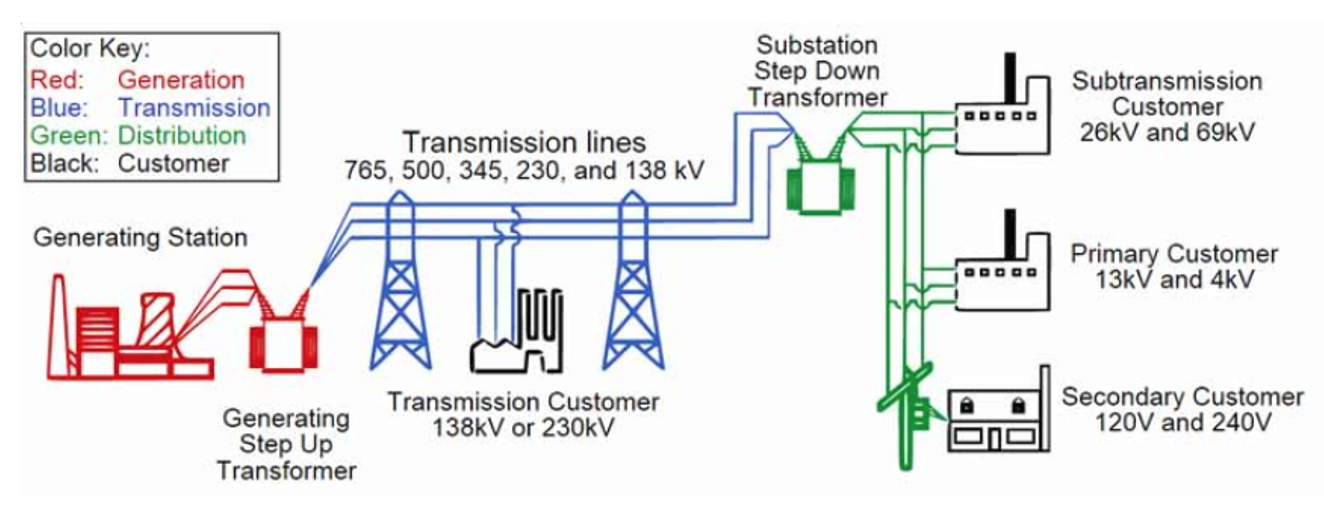Networked Electric Vehicle Charging - Demand Response
Networked Electric Vehicle Charging - Demand Response
Electrical grid infrastructure is a critical part of our world even though most people don't give it much thought since mostly it works. It can get more attention when things go wrong like they did recently in the 2021 Texas Power Crisis. The grid is big and complicated and giant bureaucracies, regulatory landscape and infrastructure projects move slowly unlike the rapidly changing markets and the number of things relying on the grid for daily life. There's also ever expanding residential and commercial solar on both sides of the meter contributing positively but adding some particular challenges at the same time like the “Duck”. Ecological evangelists have been long working for mass EV adoption and finally it appears it is truly reaching terminal velocity and EV’s will soon be a substantial portion of transit vehicles of all classes especially automobiles.
EV charging is a relatively high power service at a home, likely the single highest power and energy intensive thing happening behind a residential meter, this demand is ripe for intelligent management. Managing pure demand is far less complex technically and form a regulatory and grid interconnection perspective than bi-directional systems that can push energy back onto the grid and require complex interconnection agreements. The barrier to demand based technology is such that it can be rolled out at the same speed (or just trailing) EV adoption which is a fantastic opportunity to make mass adoption less problematic for the grid.
To discuss in a bit more detail how this can work first see this diagram of the basic layout of a grid. Power infrastructure is distributed from generation stations through networks of transmission and transformation to the low voltage systems at the home. The grid infrastructure can become overloaded at any stage in the grid chain, resulting in a loss of power for all customers downstream.

We can help power at the substation level (for example), at the point of delivery into a particular neighborhood or area where energy is actually used. By identifying groups of Intrinsic Power IOT enabled charging devices that are installed on and served by given substations, and though aggregated management of those groups we can respond to realtime overloading problems the utility may be having at a substation without disturbing anything fed by other substations nearby that may be less congested at that time. The impact of the Intrinsic Power demand flexibility is magnified when machine learning and predictive charge patterns are implemented across regions.
This same technology can make installation for Intrinsic Power customers greatly simplified as EV’s become more and more prolific. Take an example of a single family home with 2 EVs that need to charge. If both of those vehicles are 10kW capable and need to charge at the same time this could exceed the entire capacity of an older home with a typical 100A service panel and consume far too much of even a 200A panel which is common in more recent construction. Intrinsic Power EVSE’s can cooperate with each other on a shared circuit and either take turns delivering energy to each car, or run at half power when both cars are plugged in and full power when only 1 car is plugged in. This kind of flexibility can help customers maximize their home charging systems useability without forcing them to do expensive upgrades to their home which could otherwise make a 2 EV home impractical.
Bi directional energy storage for demand response and frequency regulation is certainly another very important part of the puzzle and there are lots of other smaller puzzle pieces that are also very worthwhile to address. Intrinsic Powers first product the CR-50 is an EVSE for residential EV charging and has the necessary features and functions to participate in DR (demand response) programs.
Intrinsic Power Solution
All Intrinsic Power Charging stations are connected as a network and utilities can call upon these networks through API's to find out what the real time aggregate power is on a given substation and then request that network to throttle down to relieve congestion. From the charging customers side this would be only a slowing of their charge not a disruption. Platforms and protocols for automated Demand Response are already forming.
Demand mitigation provided by Intrinsic’s products can mitigate overloading of the grid and prevent peaker plants from being needed which are generally dirtier than normal generation. Intrinsic devices meet the accuracy requirements for revenue grade metering and have zigbee communication so they can link directly with utility meters providing great flexibility and can work in sync with power grids and utilities.
At Intrinsic Power we provide products and technologies to support EV adoption. We make affordable, connected and fully featured EVSE’s for people to charge the coming wave of EV cars, supporting the grid as this massive increase in demand comes to fruition.

